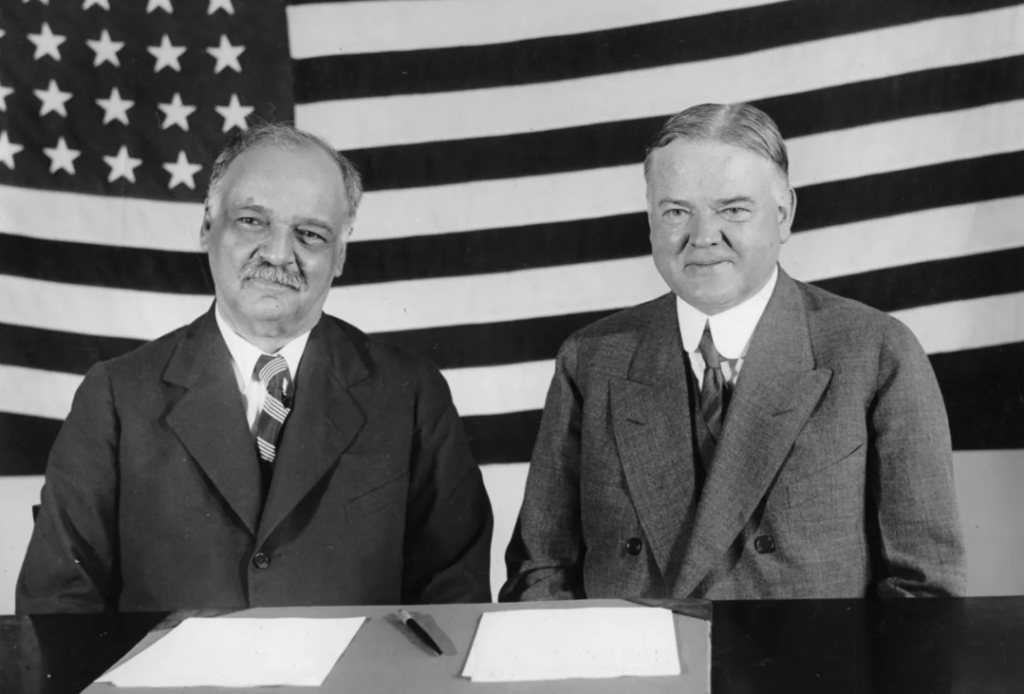Charles Curtis was the first US vice president of color
Curtis was a Native American lawmaker of the Kaw Nation
When Vice President Kamala Harris was sworn into office on Jan. 20, she made history as the first woman of color to hold the second highest office in the United States.
Harris is the first woman, the first woman of color, the first South Asian American and the first Black American vice president, but according to a fact check from USA Today, she is not the first person of color to hold the position.
Charles Curtis, vice president to the 31st President Herbert Hoover in 1929, was a Native American lawmaker of the Kaw Nation, as noted in a Facebook post that pointed out the misconception.
Curtis served as vice president from 1929 to 1933, at a time where widespread racism and prejudice towards Native Americans was intense. Prior to that, he served in the Senate from 1915 to 1929 and was the first Republican to hold the title of majority leader.
According to his biography, Curtis wasn’t close to Hoover, nor did he play a significant role in the administration despite his previous years of experience.

He was born in 1860 to a white father and a mother who was one-quarter Kaw, according to the Smithsonian Magazine. His mother died in 1863 and his father fought in the Civil War, leaving Curtis in the care of both sets of grandparents. He would spend his adolescence on the Kaw reservation.
Mark Brooks, the site administrator for the Kansas Historical Society’s Kaw Mission website, said Curtis was known for his charisma.
“He had a knack for conversation. He was just a very likable person even early on when he was just a young boy in Topeka,” Brooks told the outlet.
Read More: Baltimore church established by slave owners creates reparations fund
Curtis pursued a career in law and was admitted to the Kansas bar where his focus was on real estate, selling lots, and building homes, according to U.S. Senate site.
Curtis notably favored the Dawes Act of 1887 that called for the distribution of reservation land belonging to Native Americans and was in support of Native American boarding schools which led to children being taken from their families and removed from their culture and language, according to the Smithsonian Magazine.
“The one thing that might have lightened the persecution of Curtis was that he was half white. He’s light-complexion, he’s not dark-skinned like a lot of Kanza,” Brooks said. “His personality wins people over—unfortunately, racists can like a person of color and still be a racist, and I think that’s kind of what happened with Charlie. He was just a popular kid.”
Have you subscribed to theGrio’s podcast “Dear Culture”? Download our newest episodes now!
TheGrio is now on Apple TV, Amazon Fire, and Roku. Download theGrio today!
